
views
Walking assist
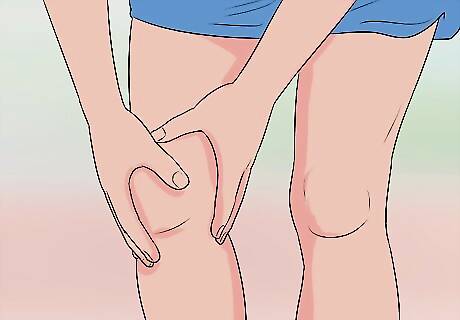
This is for someone who has suffered a minor injury and merely feels weak. He can still walk, but needs help.
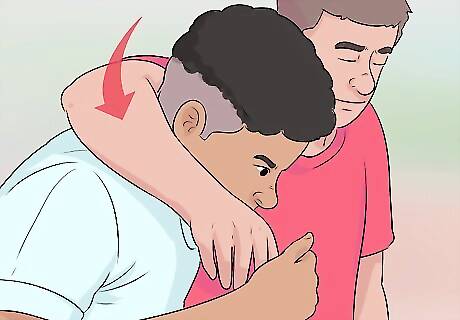
Bring one arm over your shoulder.

Grasp his wrist with the hand now below the arm.
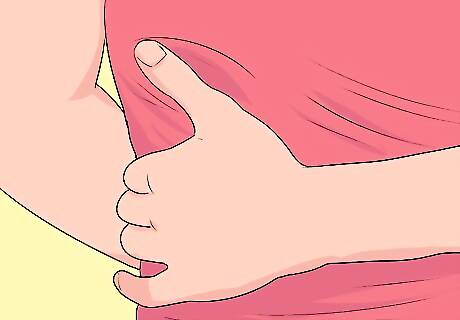
Place your free arm around his waist.
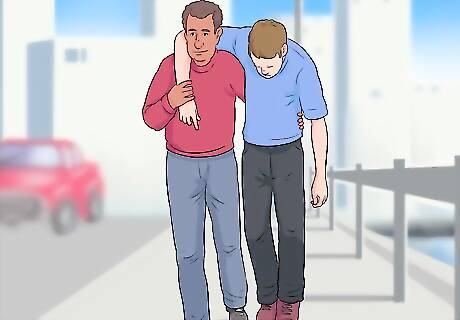
In this manner, walk slowly to your destination. Allow the victim to set the pace.
One-Person Carry

This is for a victim who is too tired to walk, and you have no one else to assist you with the carrying.

Kneel in front of the victim with your back to his chest.
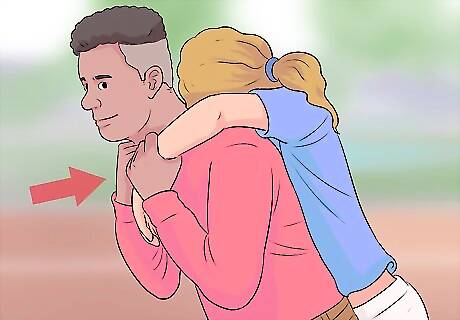
Grasp his hands over your chest.
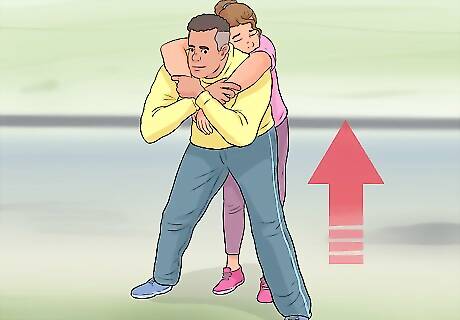
Slowly stand up, lifting with your legs to avoid straining your back.
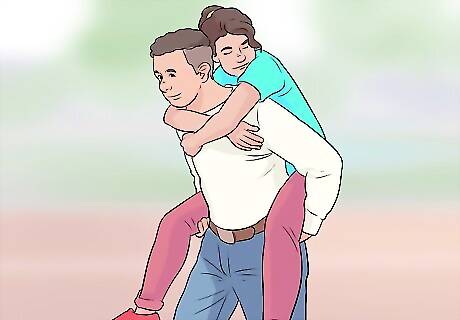
Carry the victim piggyback to your destination. If the victim is small enough to carry in front of you, this may work easier than heaving them over your back. Place one arm around their back and the other hand under their legs. This carry is used mainly for women and children.
Four-Handed Seat Carry
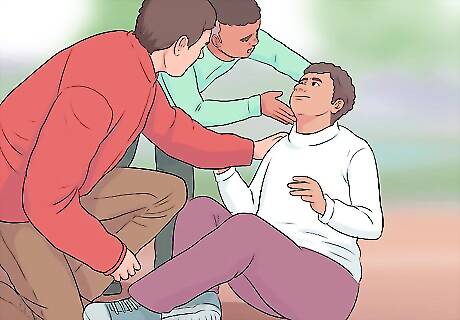
This carry is for a conscious victim who cannot walk. This requires two rescuers.
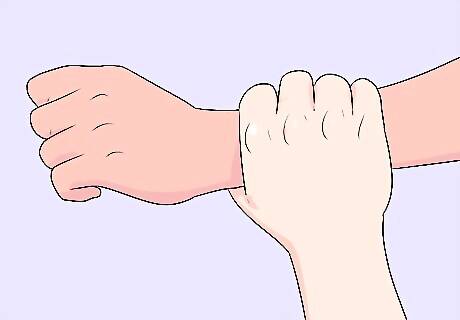
Each rescuer grasps his own right wrist with his left hand.

The two rescuers then grasp the others' left forearm with their right hand.
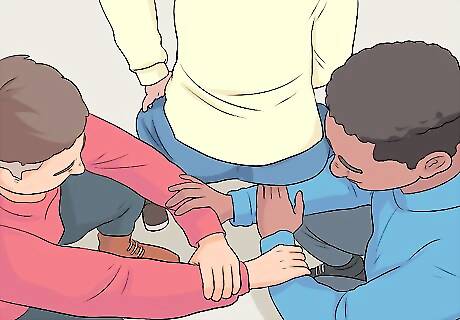
The interlocked rescuers squat down and allot the victim to sit down on their interlocked arms.
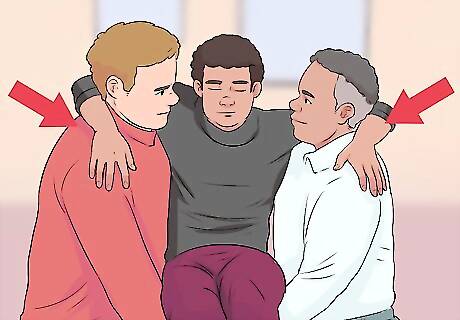
The victim wraps his arms around the rescuers shoulders for balance.
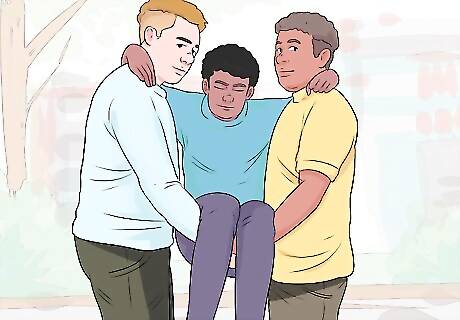
The two rescuers stand up slowly and walk to your destination.
Two-Person Carry

This is another carry for two rescuers. It will work for an unconscious victim as well as a conscious one.
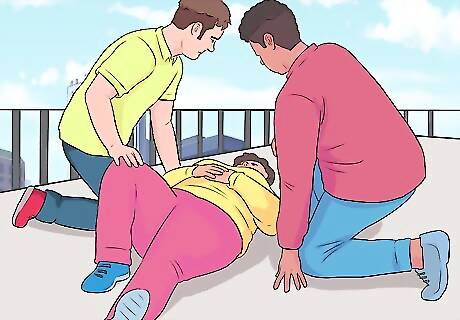
The two rescuers kneel down on either side of the victim.
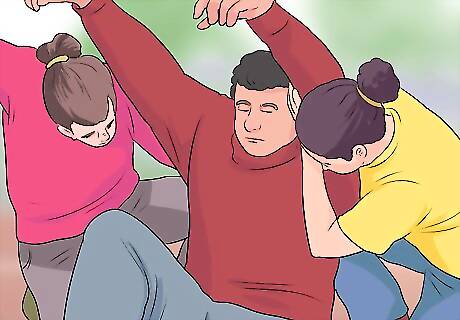
Each rescuer slides one arm under the victim's back, and one under his thighs.
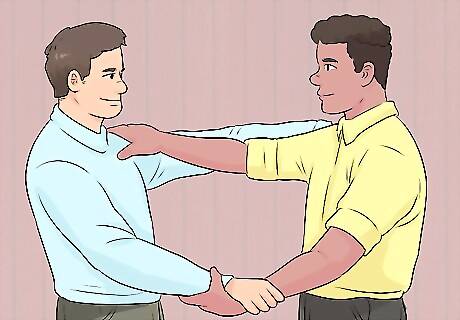
The bearers grasp each others wrists and shoulders.
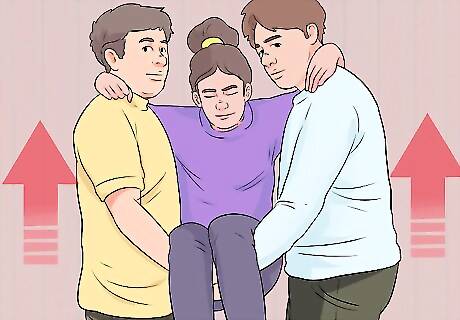
They then rise from the ground slowly with the patient supported between them.
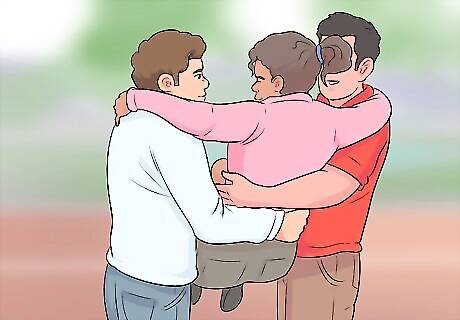
The two walk slowly to their destination. In all rescues, call emergency care as soon as possible.


















Comments
0 comment